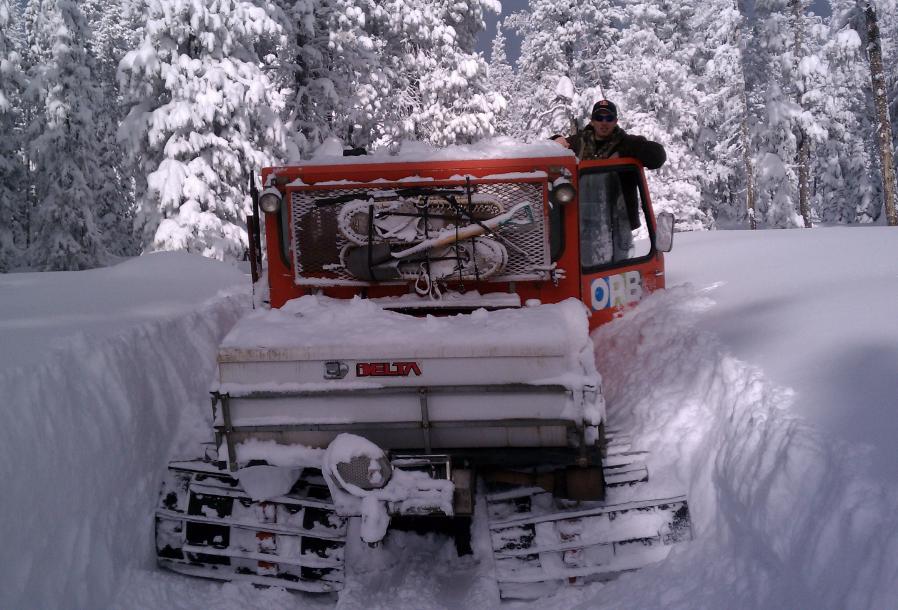Local news provides essential information about politics, civic engagement, business, and education. It embodies the collective voice of the community, capturing human-interest stories that may not otherwise be told and preserving the culture and history of an area. At the heart of this process are local journalists, who live in and understand their community, know their neighbors, and are trusted sources of information. This ground level approach is the defining feature of local news, and is at risk.
News deserts limit the sources of information that enable citizens to make informed choices — whether it means having better knowledge of financial conditions affecting their community or household, knowing where to access resources in their area, or participating in civic processes in support of local governance. These barriers inhibit access to news and information outside of communities, contributing to a rural-urban information gap. Media consolidation across the industry has also resulted in the loss of local voices — while a newspaper may remain open, it may not reflect a local perspective.
Rural public radio stations are stepping in to fill this void. Nearly every rural public radio station produces local news with reporters that live in local communities. RASS stations employ more than 1,830 people — an average staff of 11 people per station. Rural stations are incredibly efficient and resourceful. Ninety-one percent of rural public radio stations in the Rural Public Media Survey provide local news coverage. The majority of respondents (80 percent) have a newsroom staff of nine or fewer journalists.
In addition to daily local news reports, rural stations produce a variety of other news programming such as regional and state news, public affairs programming, podcasts, call-in shows, short video documentaries, community calendars, and weekly short-form news magazines.

